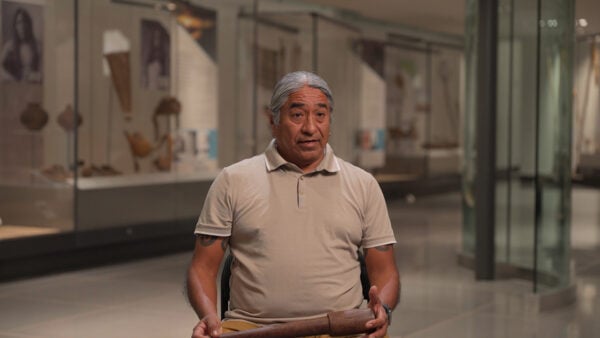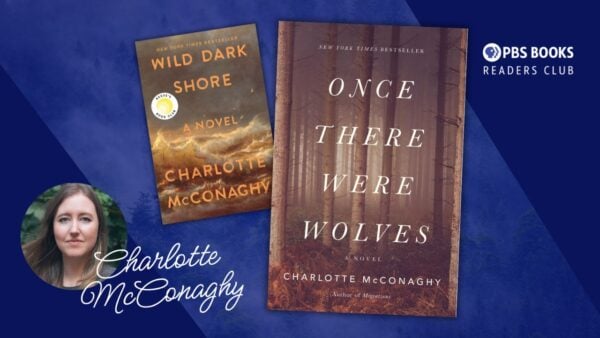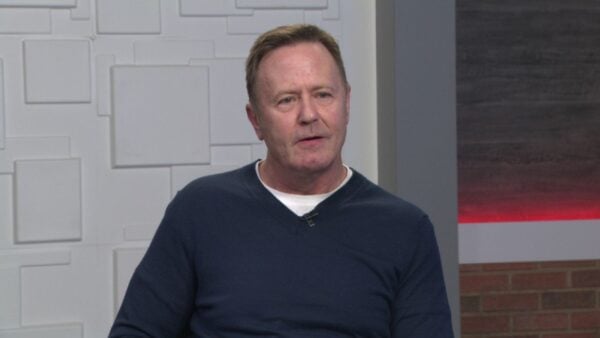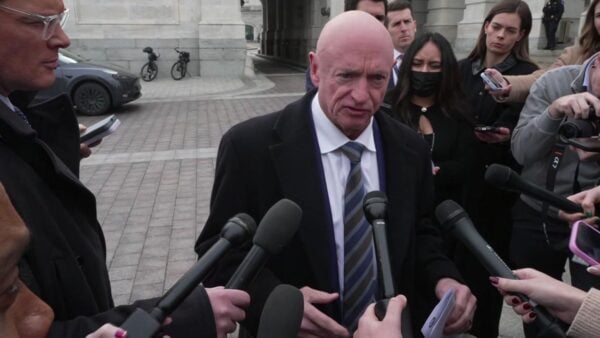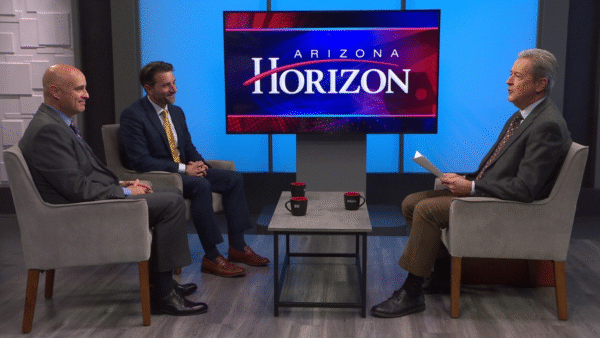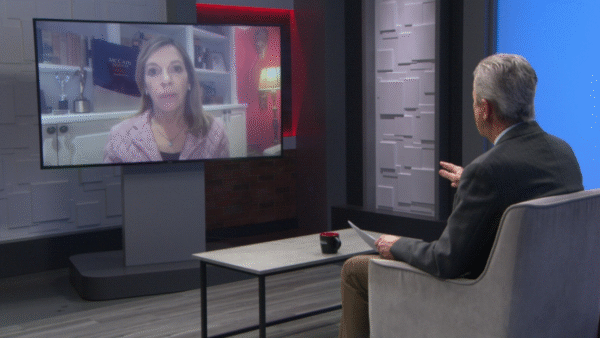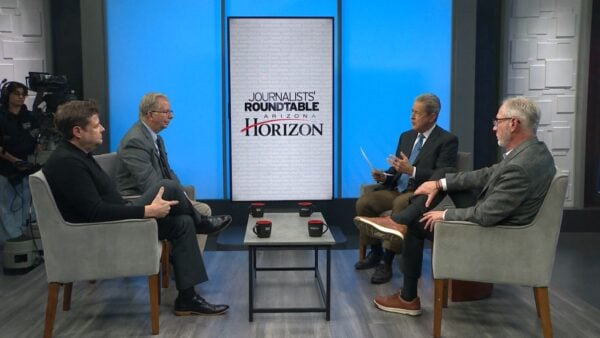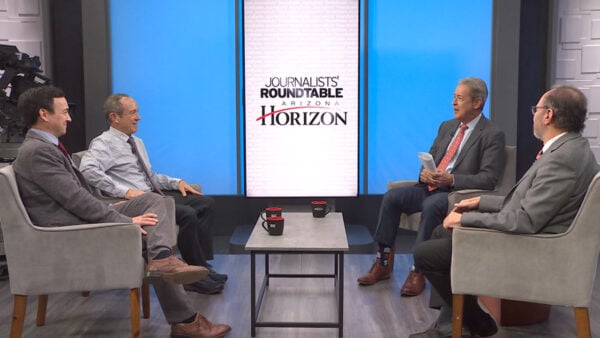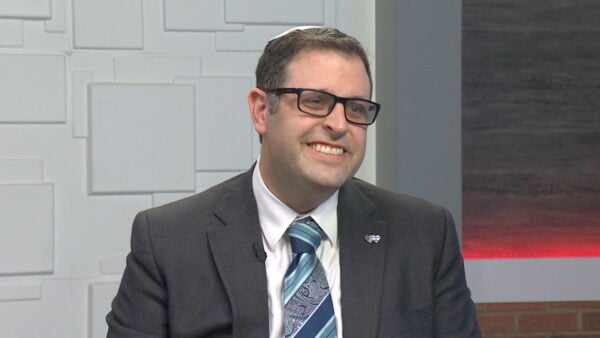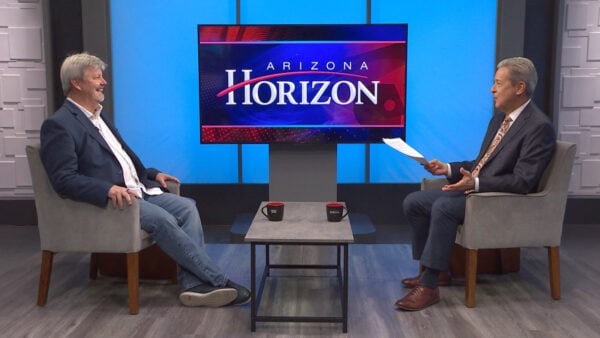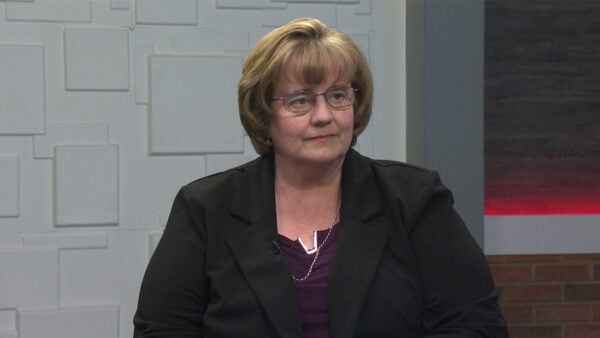The Arizona Jewish Historical Society’s “Tikkun Olam” art exhibit features four female artists whose art revolves around the Jewish theme of repairing the world.
AJHS Director Lawrence Bell explains Tikkun Olam represents the idea that God left the world a little unfinished and it’s the job of humans to finish his work. The idea is seen throughout the four artists’ displays.
Lauren Strohacker spotlights endangered animals in her work. Janet deBerge Lange created large sculptures made entirely of recycled products in order to encourage everyone to be more aware of what they throw away. Ann Morton creates quilts that encourage people to use their voices to speak out against injustices. Carolyn Lavender also works to deliver a “social action message,” as Curator and Associate Director Jeffrey Schesnol terms it.
The exhibit can be seen at the Cutler Plotkin Jewish Heritage Center. Built in 1921, it was the first synagogue in Arizona. In 1949, the establishment became a Baptist church, and eight years later it became Phoenix’s first Chinese-speaking Christian church. The property became a Spanish-speaking Baptist church until it was purchased by AJHS in 2001. The society began a two-year restoration process in 2008. Bell says the goal was not to modernize it but to restore it.
For more information about the society and the art exhibit, visit azjhs.org. Tikkun Olam will be on display until January 30.
TED SIMONS: An art exhibit at the Arizona Jewish historical society examines ways to stand up for justice in all aspects of life. Producer Shanna Fisher and photographer Rob McJannet give us a look.
Reporter: Art can inspire. It can move us and in some ace cases it can raise awareness. That is at the heart of this exhibition entitled (blank)
Lawrence Bell: The concept is it is a Jewish concept that means to repair the world. The idea is that God created the world a little bit unfinished and our task as human beings is to finish the work of creation by making the world a better place.
Reporter: The Arizona Jewish historical society asked four female artists to display pieces that fit the concept of repairing the world.
Jeffrey Schesnol: The underlying message is each of the four artists who exhibited have a social action message they are delivering through their work.
Reporter: Each of the women are outspoken and their work is thoughtful and engaging. Artist Janet Lang’s is about using your voice to speak out against injustices. She created a series of quilts made from metal scraps. She uses her quilts that have long been used to tell her stories and been used to bring awareness to violence against women and children including sex trafficking. Curator Jeffrey Schesnol says he’s drawn to Lang’s sculpture affectional titled monkey women. Building on the adage of see no evil, hear no evil, speak no evil. The sculpture demonstrates on the ongoing battle between remaining silent and finding the courage to use your voice.
Jeffrey Schesnol: It really speaks of great hope. I think it has a profound human message for all of us.
Reporter: Lawrence is an Eco artist who focuses on shining a spotlight on endangered animals like the Mexican grey wolf and the jaguar. He projected images of the endangered animals on to the border wall near Douglas. That area is a natural crossing for the jaguar and animal experts say the wall has destroyed the animal's habitat. Also examining environmental issues is Ann Morton. Her giant size sculptures encourage us to recycle. This piece entitled rethanked uses handmade flowers from all over the United States and the world to create a thank you note to a recycling plant. It is fitting the exhibition about repairing the world. Is displayed inside the Cutler Jewish Heritage Center, a building that has undergone its own share of repair.
Lawrence Bell: This is the very first synagogue built in Phoenix, Arizona it was built in 1921 it was the original home of congregation with Israel. Which is still in existence.
Reporter: In 1949 the congration sold the building to a Baptist church. It was sold yet again after that. In 2001, the Arizona Jewish historical society bought it back and began a two year renovation.
Lawrence Bell: Basically what we did, the goal was not necessarily to modernize it but restore it. You keep as much of the original as you can. Even the hinges and screws holding the door together, if the original parts could be reused we did.
Reporter: The exhibition while housed in a Jewish heritage center does not just represent Jewish values but rather it is call to all of us to make a difference.
Jeffrey Schesnol: I don't think I could stress the importance too strongly that every person really does need to do something. We don't have to try and change the whole world all by yourselves. But if we do something it will help.
TED SIMONS: The exhibition is on display through January 30th with hours on Tuesday and Thursday. For more information and other events at the Arizona Jewish historical society visit their website: AZJHS.org. That is it for now. I am Ted Simons. Thanks so much for joining us. You have a great evening.
VIDEO: Arizona "Horizon" is made possible by contributions from the friends of Arizona PBS, members of your PBS station. Thank you.
Lawrence Bell, PhD: Director, Arizona Jewish Historical Society
Jeffrey Schesnol: Curator and Associate Director, Arizona Jewish Historical Society

